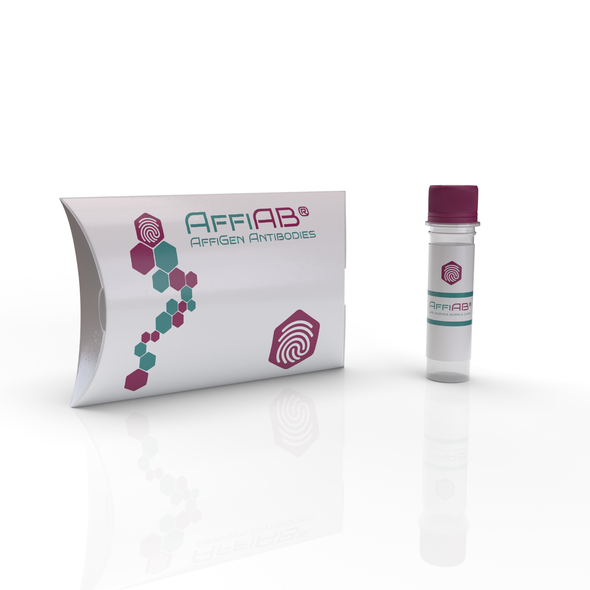AffiAB® Goat Anti-Rab1a Polyclonal IgG Antibody
- SKU:
- AFG-AB-182
- Availability:
- 3 to 5 Days Shipment
- Size:
- 300 µg
- Concentration:
- 3 mg/ml
Description
The AffiAB® Goat Anti-Rab1a Polyclonal IgG Antibody provides robust and reliable detection of Rab1a. It is highly specific and has a consistent affinity, making it an ideal choice for a range of research applications.
The AffiAB® Goat Anti-Rab1a Polyclonal IgG Antibody is an antibody specifically designed to recognize and bind to the Rab1a protein. Rab1a is a member of the Rab family of small GTPases, which are involved in regulating various cellular processes, including vesicle trafficking, protein transport, and membrane dynamics.
This polyclonal antibody is produced by immunizing goats with purified Rab1a protein or a specific peptide sequence derived from Rab1a. The resulting antibodies are then purified from goat serum to ensure high specificity and quality.
The AffiAB® Goat Anti-Rab1a Polyclonal IgG Antibody is widely used in research applications to study the expression, localization, and function of Rab1a in different cellular contexts. By detecting and visualizing Rab1a, researchers can investigate its involvement in intracellular trafficking pathways, such as ER-to-Golgi transport and autophagy.
Common techniques employed with this antibody include immunoblotting, immunofluorescence, immunohistochemistry, and immunoprecipitation. These techniques allow researchers to analyze Rab1a protein expression, determine its subcellular localization, and explore its interactions with other proteins or cellular components.
It is important to note that the AffiAB® Goat Anti-Rab1a Polyclonal IgG Antibody specifically targets Rab1a and may not cross-react with other Rab proteins or related molecules. Researchers should perform validation experiments and include appropriate controls to ensure the antibody's performance and specificity in their specific experimental conditions.
In summary, the AffiAB® Goat Anti-Rab1a Polyclonal IgG Antibody is a valuable tool for investigating the expression, localization, and function of Rab1a in cellular processes. By targeting Rab1a, researchers can gain insights into its roles in vesicle trafficking, protein transport, and membrane dynamics, contributing to our understanding of cellular physiology and disease mechanisms.






